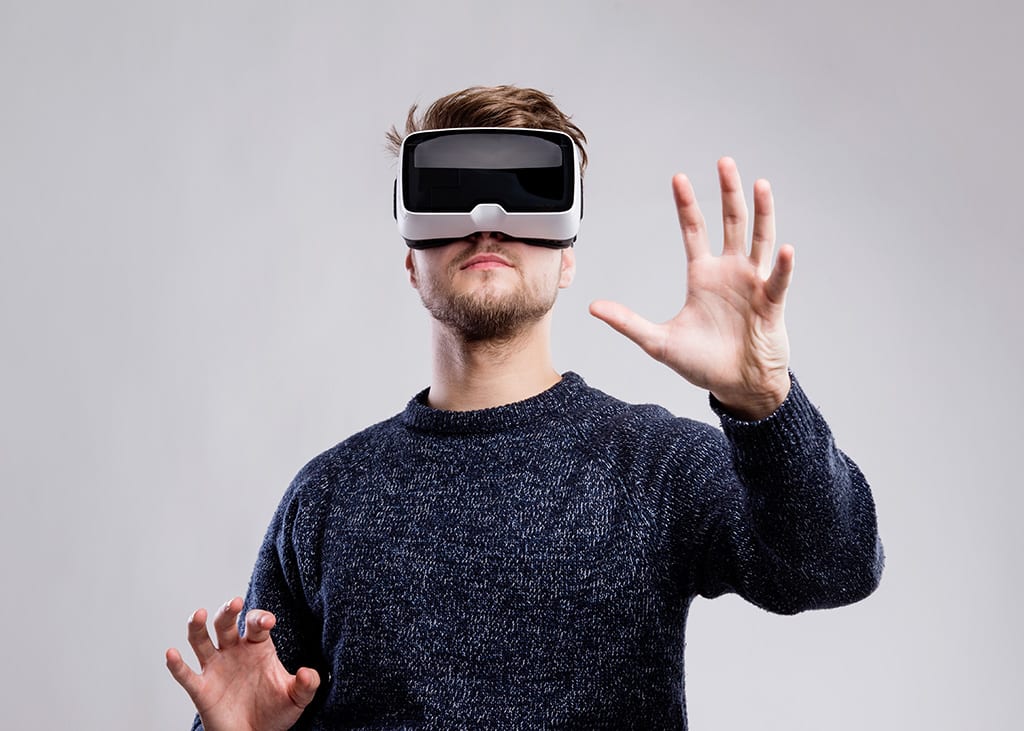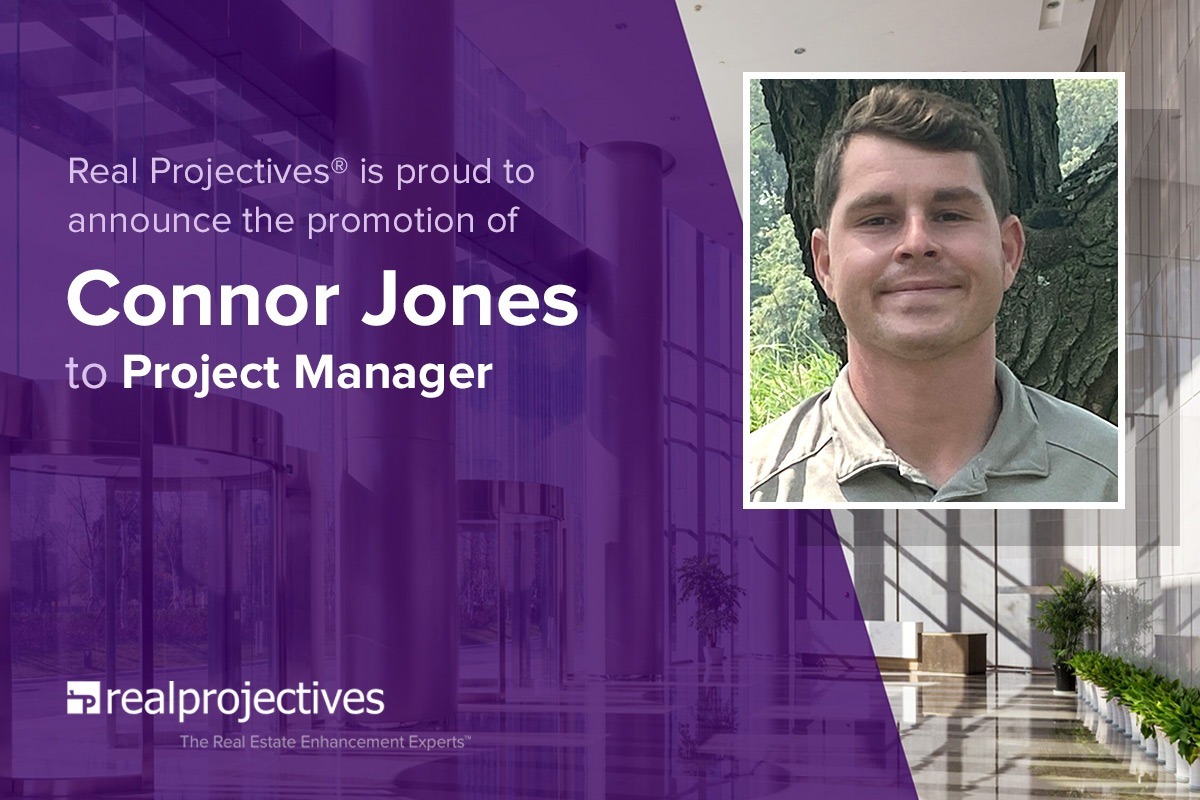Virtual reality isn’t just play anymore. How is it saving time and money in development and construction?

AR and Project and Construction Management
Augmented reality (AR) and virtual reality (VR) are advancing beyond those nerdy-looking VR goggles to become affordable and valuable tools for real estate and construction teams.
In this two-part series, let’s take a look at how AR and VR could be used in project and construction management to enhance communication, improve construction quality and efficiency, and save frustration and money.
Virtual Reality: Visualization and Decisiveness
If you’ve ever looked at a floorplan, you know how difficult it is for many to imagine how those lines on paper or narrative specifications will actually look and feel when constructed many months later. That’s where VR comes in: It allows people to walk through a three-dimensional digital representation of something that doesn’t exist (virtual). From architects to builders to interior designers, many professionals are finding that VR enables clients and users to make better-informed decisions and minimize surprises.
VR could help a building owner or investor see how a construction project will improve common areas and tenant spaces within a building. It can ensure that all stakeholders view expectations similarly to agree on locations of walls and furniture along with selection of fixtures and finishes earlier on in the project; saving time, frustration and money. In short, virtual reality has the potential to limit the second-guessing and late decision-making that can derail a project manager’s best-laid plans.
Another benefit of VR for project managers is the ability to “see,” plan and track a construction project without having to be on-site. Being able to track not only completed work but the next steps in a project from a remote location would save on travel time and expenses.
Augmented Reality: Quality and Efficiency
For project managers and everyone involved in construction, AR provides some additional advantages over VR. Think about the heads-up displays like those used in aircraft, cars or even motorcycle helmets: With these displays, as you look through the windshield or visor, you see important instrument readings or information overlaid onto reality (augmented), without having to take your eyes away from where you are headed.
Using AR technology on a project site allow people to view a partially built structure or even an undeveloped piece of land while also seeing all the designed elements of new construction or improvements — structure, walls, ceilings, ductwork, wiring, equipment, finishes and furniture — that’s yet to be in place.
This combined look of current plus future of a built space enables higher quality and lowers frustrations: Imagine a project manager who can see that a plumber’s placement of a pipe would impede the installation of a light fixture. This simplified example could be extrapolated out to all the interconnected systems of a building. Although good contractors, plan and coordinate work on paper before installing it in the field, AR takes that prevention to a much higher level thereby avoiding errors, misjudgments and rework, saving time, money and resources.
Across the board, AR could help with inspections by allowing officials, architects and project managers to assess work on the site to observe if completed work and next stages are on track according to drafted plans and are in line with codes and regulations. It’s hard for humans to remember every detail, so pulling up resources and directly applying them to a real situation makes the project go smoother.
Beyond the Build
In our next blog post, we’ll discuss how these virtual and augmented reality enhancement technologies can help with training, tracking equipment and creating digital twins of buildings.
Are you wondering how VR or AR (or their cousin, mixed reality) could help your next real estate development or improvement project? We’d love to discuss the possibilities and challenges. For more information on the services we offer clients, browse some of our other articles — or give us a call at 888.357.7342.


